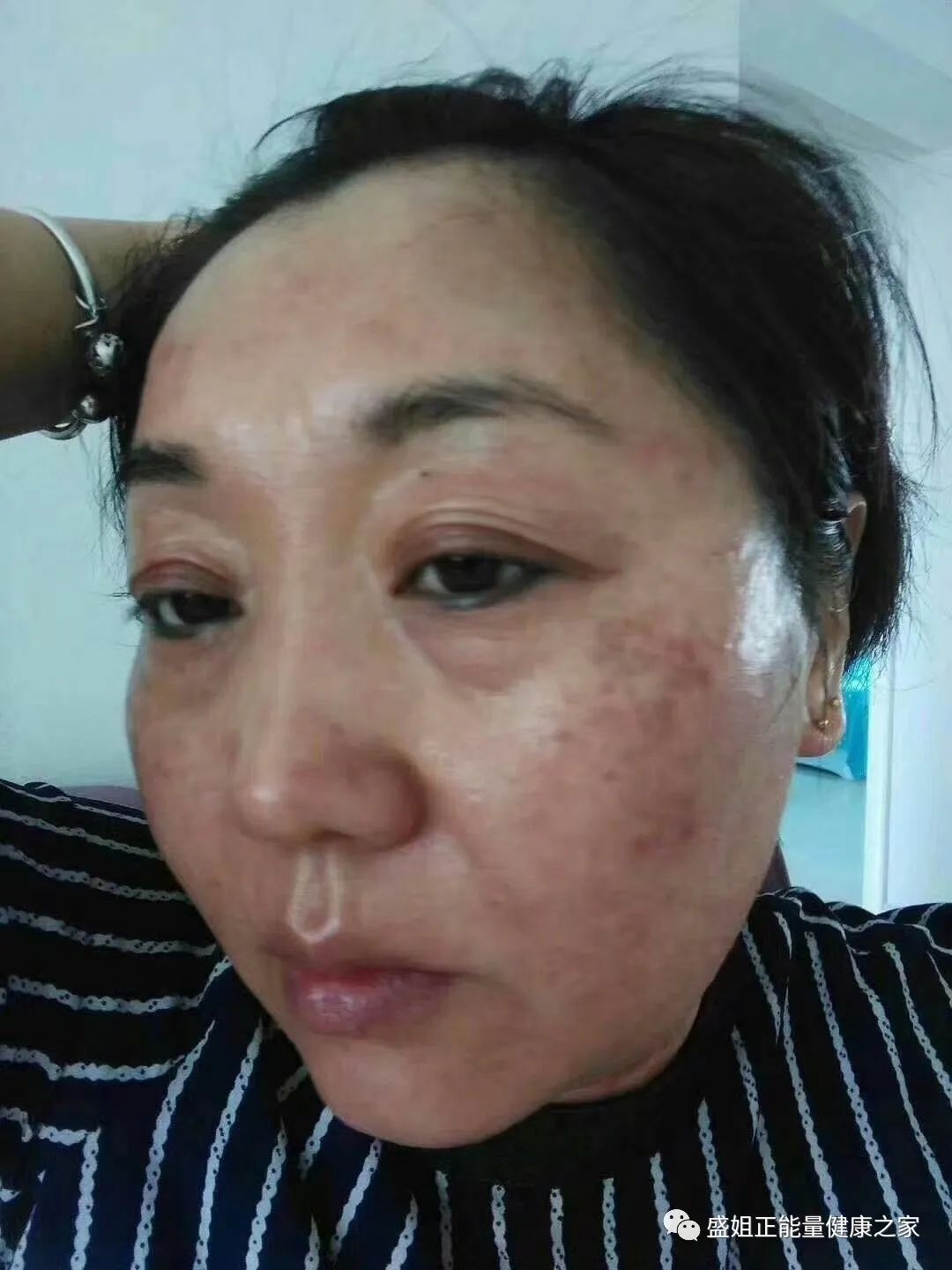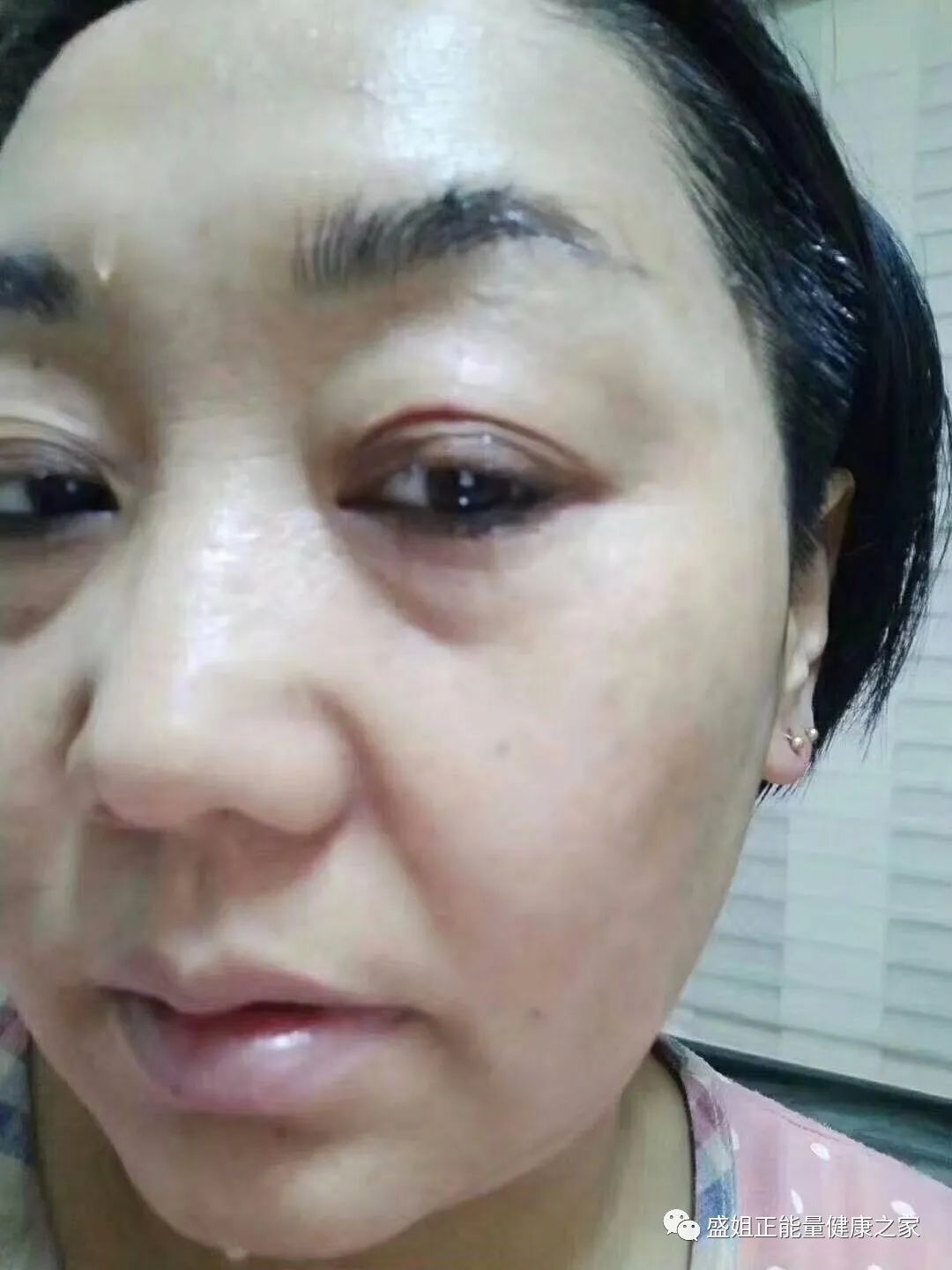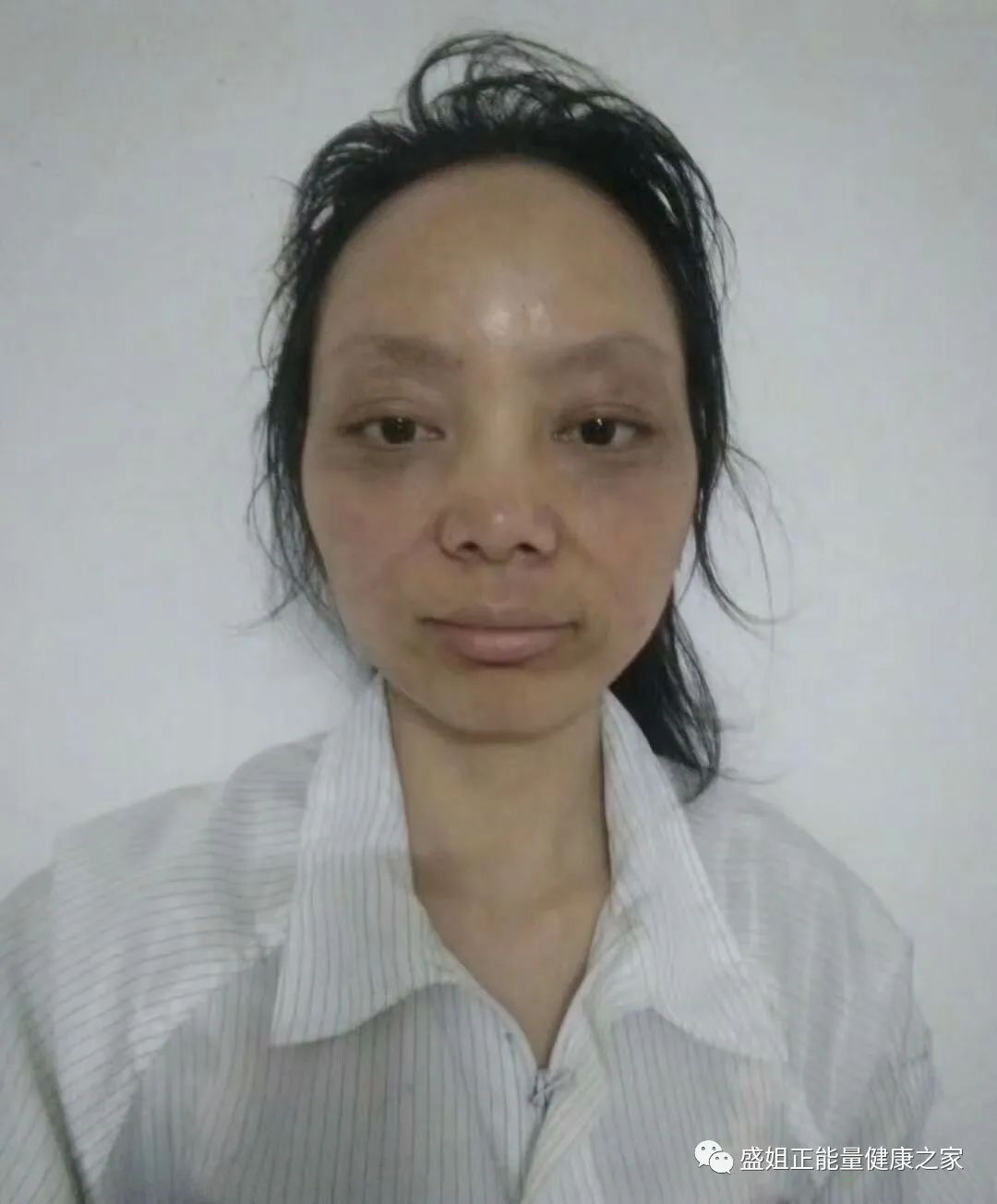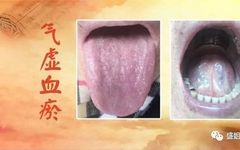
Blood stasis (xue yu) is a syndrome in Traditional Chinese Medicine (TCM). It refers to the stagnation of blood flow. The blood stasis syndrome can be seen in many diseases. Whenever the blood that deviates from its normal path cannot dissipate in time, or when blood flow is obstructed and accumulates in the meridians or within organs, it is termed blood stasis. It is characterized by pain, purpleness, stasis, lumps, and a sense of heaviness. Symptoms often manifest as sharp, stabbing pain, localized pain that resists pressure, worsening at night, with lumps appearing on the surface as dark purple, and those within the abdomen being hard and immovable. Recurrent bleeding may occur, with dark purple blood, or black, tarry stools, a dark complexion, and purplish lips and nails. There may also be subcutaneous purpura, or fine, thread-like blood vessels visible on the skin, or prominent veins in the abdomen, or painful, swollen veins in the lower limbs. Women often experience amenorrhea, with a tongue that is dark purple or shows stasis spots, and a pulse that is thin and choppy.
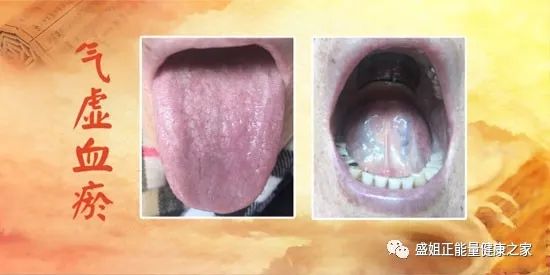
Qi stagnation and blood stasis (qi zhi xue yu) often arise from emotional distress, leading to obstruction of qi flow, which in turn affects the blood. It can also result from external trauma that injures both qi and blood, causing simultaneous qi stagnation and blood stasis. The symptoms of qi stagnation and blood stasis are manifestations of qi stagnation leading to blood flow obstruction, often caused by emotional discomfort or invasion by external pathogens, resulting in prolonged liver qi stagnation. Qi stagnation and blood stasis form the basis of many diseases and are one of the reasons for chronic illnesses that do not heal, hence the saying, “chronic illness must have stasis.” Many women experience gynecological disorders of varying severity, mostly caused by “qi and blood stagnation.”
When focusing on qi stagnation: symptoms include chest tightness with a tendency to sigh, pain and distension in the sides, stomach, and abdomen, belching, a sensation of obstruction in the throat, an introverted personality, melancholy, narrow-mindedness, and abdominal pain or diarrhea during emotional fluctuations. Women may experience breast and lower abdominal distension and pain, with a dark tongue and wiry pulse. When focusing on blood stasis: symptoms include purplish lips and nails, purplish or rough skin, localized stabbing or cramping pain that is fixed, or palpable lumps, facial pigmentation, dark circles under the eyes, chloasma, painful menstruation with dark purple blood containing clots, or amenorrhea, a dark purple tongue or one with purplish spots, and a choppy pulse. Self-assessment for qi stagnation and blood stasis:
1. Feeling weak or lacking energy when speaking, often feeling fatigued and reluctant to talk. 2. Pale or dull complexion. 3. Frequent palpitations, chest tightness, or intermittent chest pain, dark lips, and a tongue with a purplish hue. 4. Symptoms of stabbing pain in the sides, jaundice, poor appetite, and abdominal distension. 5. Limbs easily feel numb or painful, with cold or hot extremities. 6. Women may experience lower abdominal distension and pain before or during menstruation, with a reluctance to apply pressure. Menstrual flow may be scant or obstructed, gradually increasing, with dark purple blood containing clots; pain may decrease or disappear after the clots are expelled, often accompanied by breast and rib distension before menstruation. 7. Men may experience discomfort or heaviness in the lower abdomen, perineum, or testicles, or have blood in urine or semen. The tongue may be purplish or have stasis spots. 8. The tongue may be dark purple or have stasis spots, and the pulse may be deep and thin. Based on the above symptoms, do you have qi stagnation and blood stasis? If so, how can you regulate it? Let’s explore the regulation methods for qi stagnation and blood stasis.
Regulation methods for qi stagnation and blood stasis:
1. Exercise: Engage in activities beneficial for the heart and blood vessels, such as various dances, Tai Chi, Ba Duan Jin, dynamic Zhuang Gong, longevity exercises, internal nurturing exercises, and health massage techniques. The principle is to ensure that all parts of the body are active to promote the circulation of qi and blood.
2. Mental health: For those with a blood stasis constitution, it is essential to cultivate an optimistic emotional state. A happy spirit promotes smooth qi and blood flow, benefiting the improvement of blood stasis. Conversely, feelings of frustration and depression can exacerbate blood stasis tendencies.
3. Dietary regulation: In terms of diet, it is important to identify foods that are beneficial or detrimental to your condition and follow the most suitable dietary therapy. For patients with yin deficiency, blood heat, and excessive yin fire, it is advisable to avoid spicy and stimulating foods, refrain from alcohol, and consume more fresh vegetables that nourish yin and clear heat.
4. Herbal therapy: The activating blood and resolving stasis (huo xue hua yu) foot bath is a traditional therapeutic method in TCM. According to TCM health theories, washing feet in spring can open the yang and secure the body; in summer, it can dispel heat; in autumn, it can moisten the lungs and nourish the intestines; and in winter, it can warm the lower dantian and dispel dampness.
The herbal foot bath for activating blood and resolving stasis can invigorate the mind, eliminate fatigue, and also serve as a preventive health measure against diseases.
For example, let’s take a look at the formula for Zang La Mu.
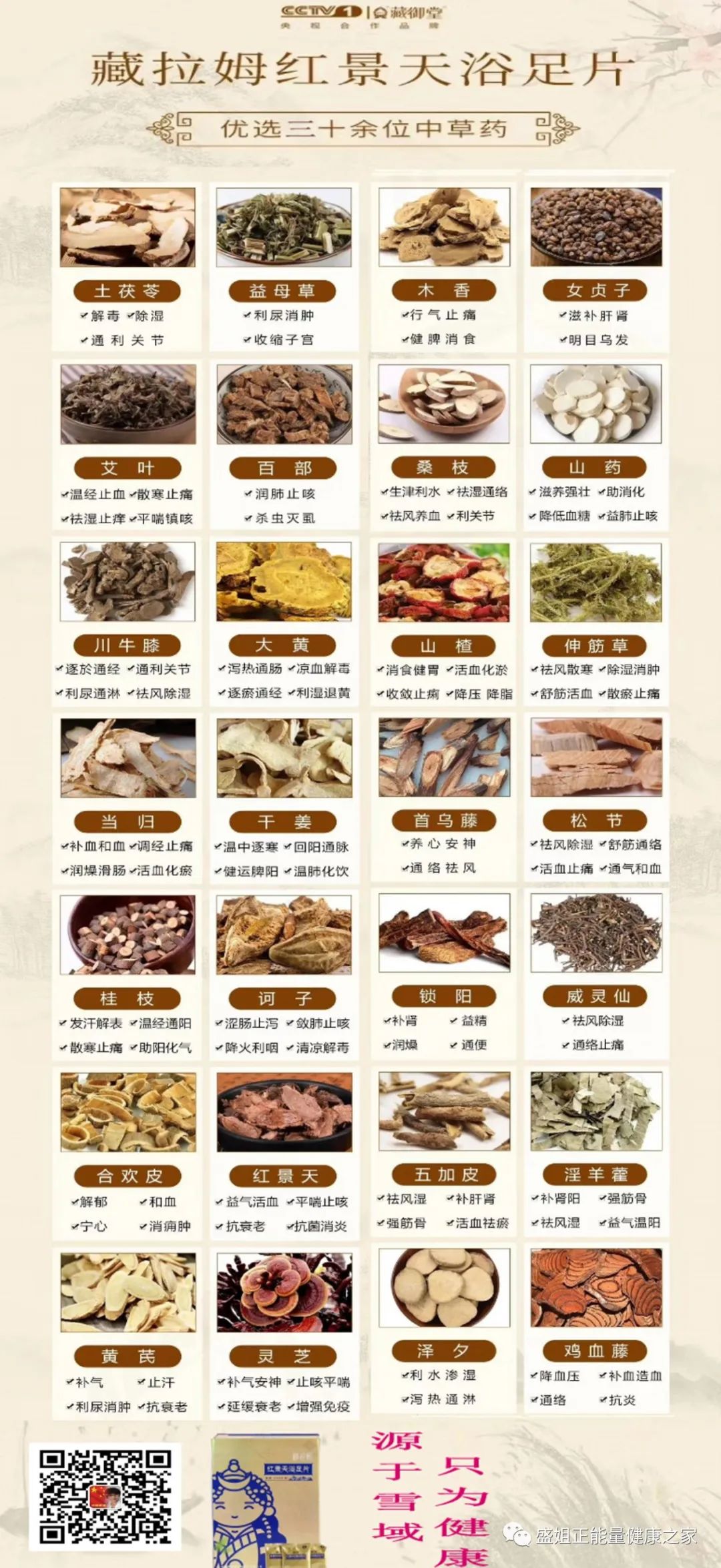
Facial spots are also a sign of stasis.
